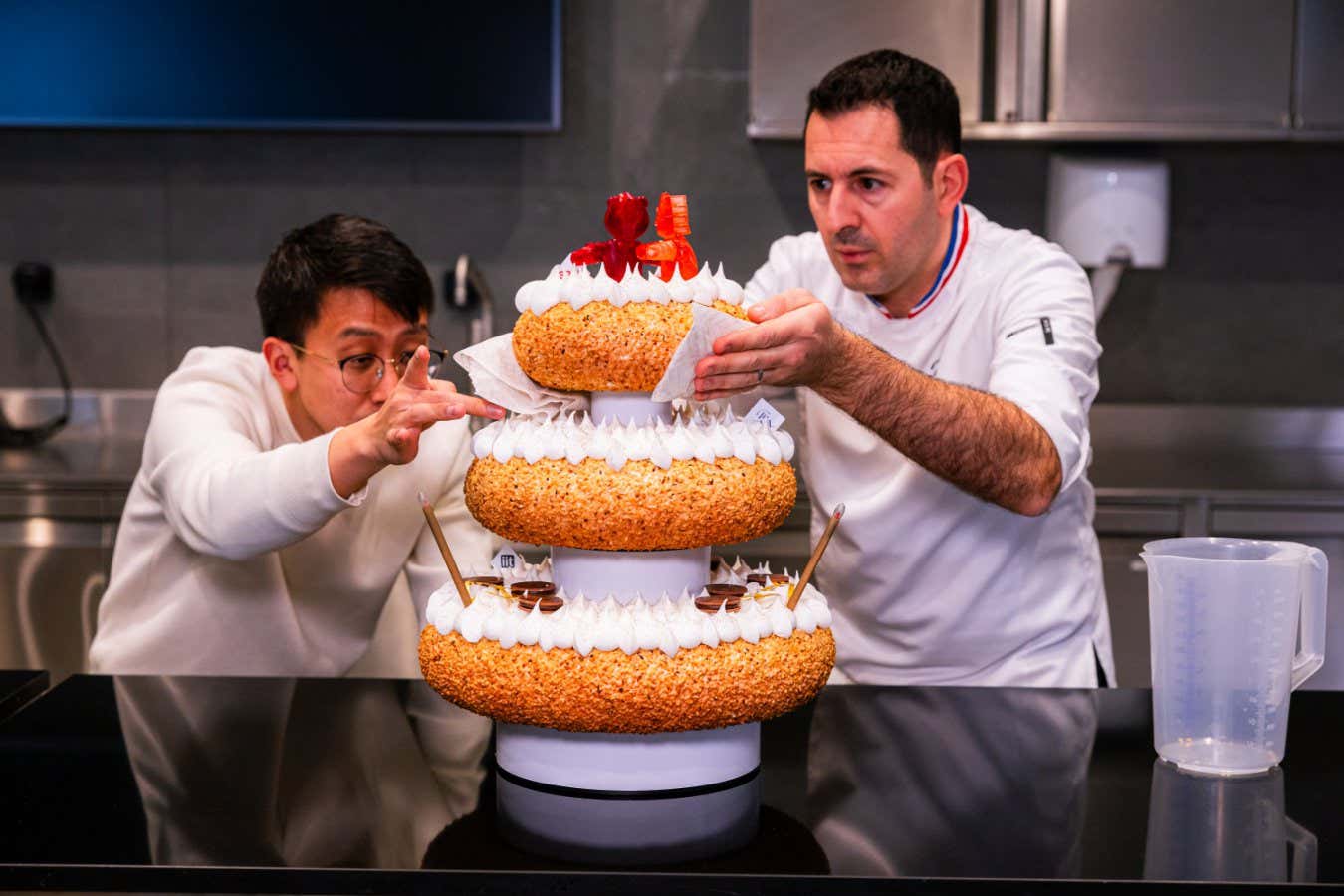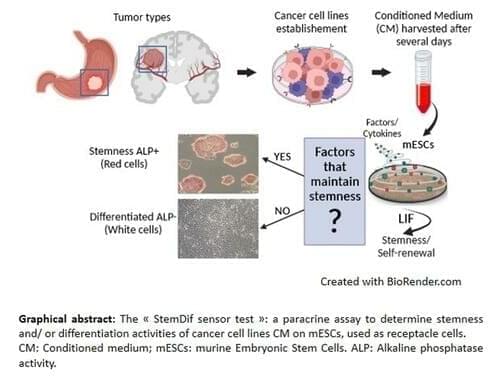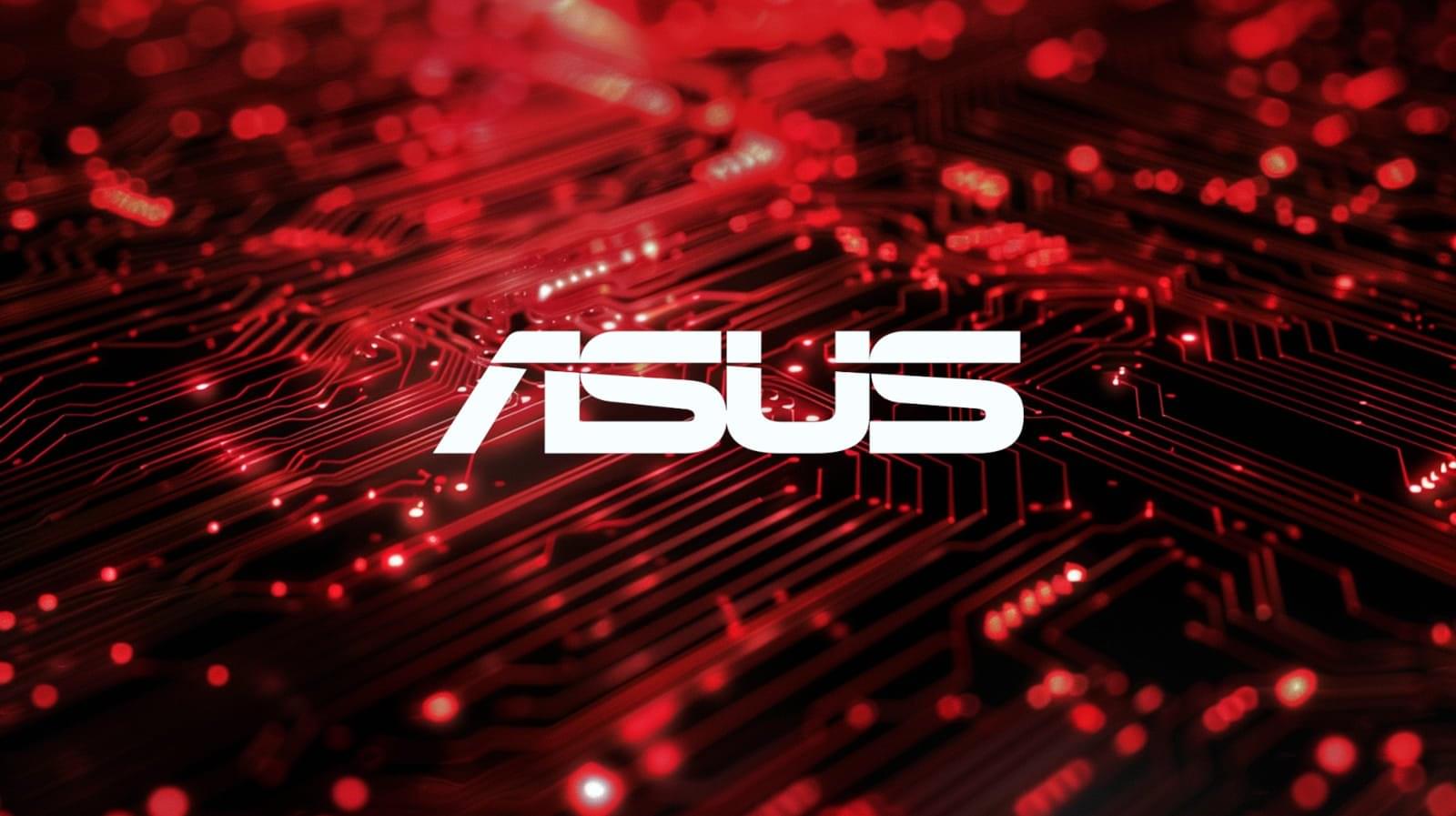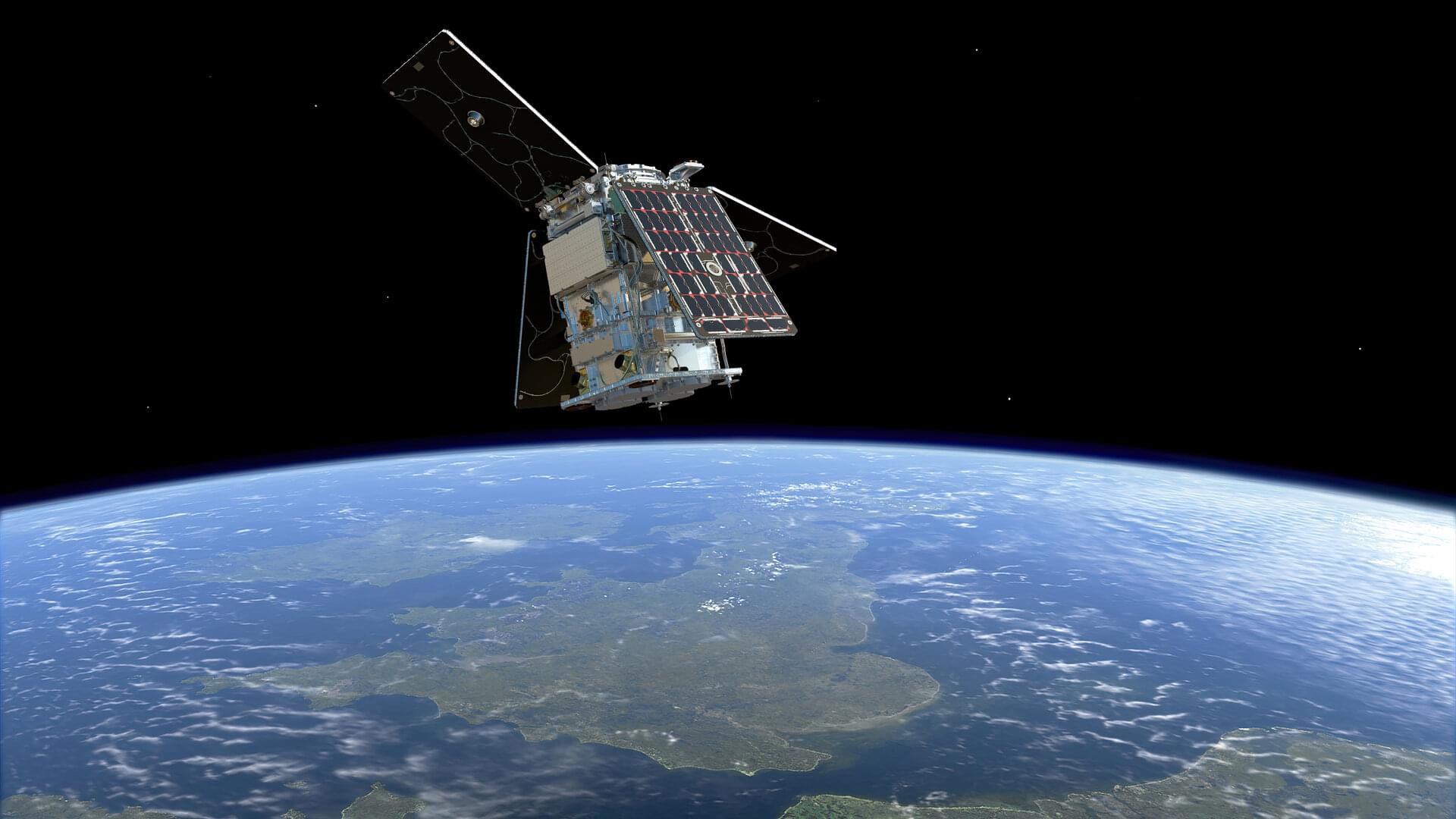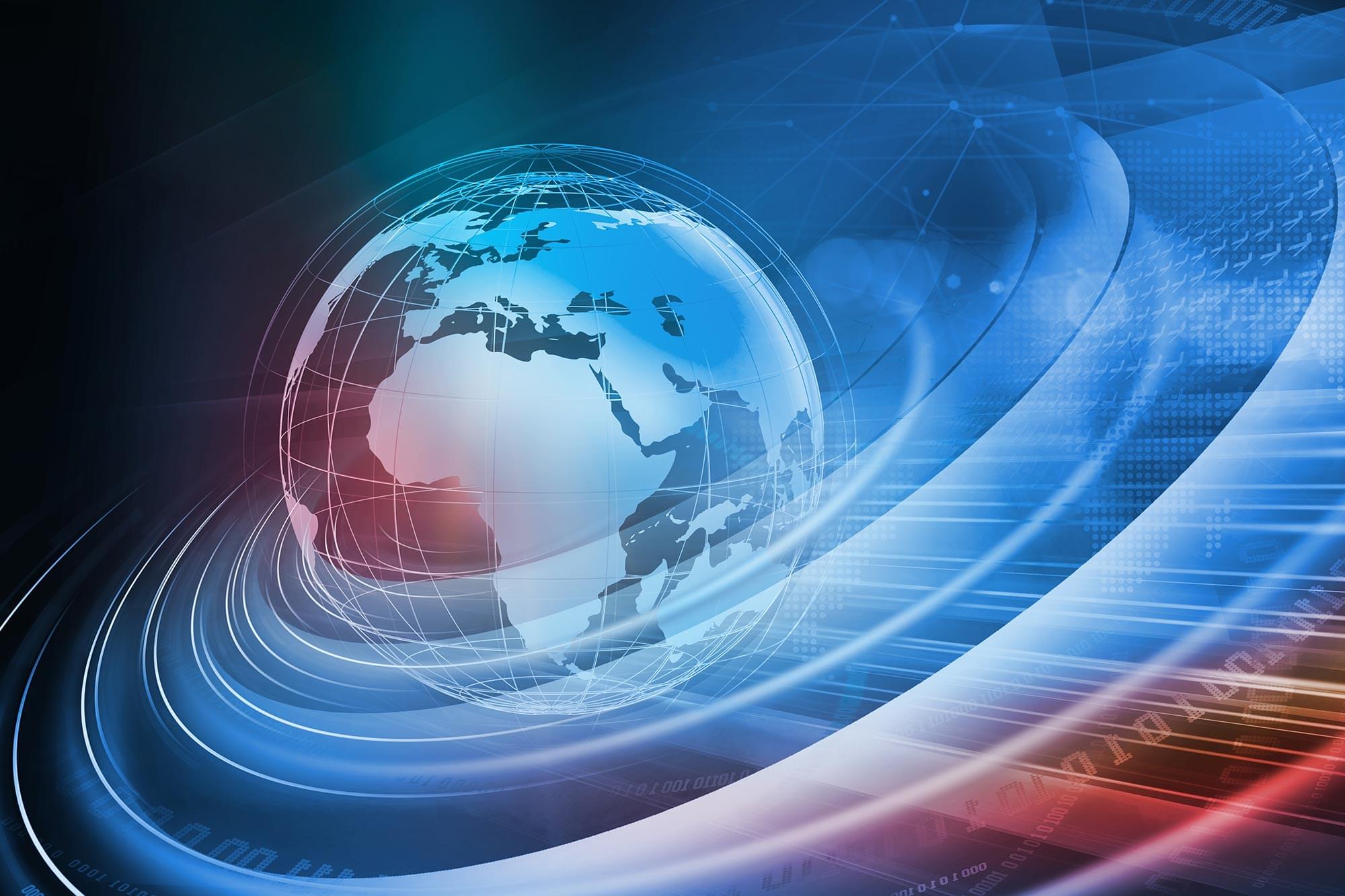Tropical cyclones can unleash extensive devastation, as recent storms that swept over Jamaica and the Philippines made unmistakably clear. Accurate weather forecasts that buy more time to prepare are crucial for saving lives and are rooted in a deeper understanding of climate systems.
Driving this forward, researchers at the Institute of Science and Technology Austria (ISTA) and others have successfully identified a previously unknown cyclic climate pattern by historical reanalysis of datasets and satellite observations. The findings are published in PNAS.
Jiawei Bao still remembers coming home from middle school to catch the weather forecast on TV. It spanned from China’s northernmost province, Heilongjiang, to the southernmost province and tropical island, Hainan. In winter, the temperature between these regions can range from cold to balmy, varying by a staggering 50 degrees Celsius.

